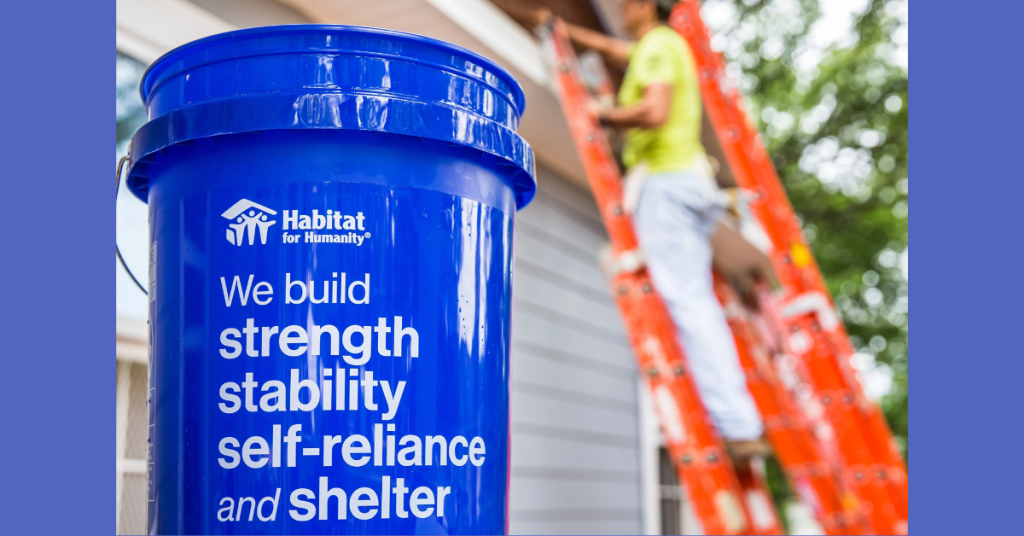Tucked along the southern rim of Lake Michigan amid aging steel mills and bustling development lies one of the richest assemblages of species in North America. Here, tallgrass prairie collides with eastern deciduous forest to create an area of tension between these two dominating systems, which freely intermingle. Out of this unique interplay comes exceptional diversity of plant and animal life.
Long recognized by botanists as one of the premier sites to study rare plants, researchers now know that that northwest Indiana’s animal diversity is equally rich. A tremendous variety of birds — 352 species — can be found migrating through this region or nesting here. Frogs, toads, butterflies, dragonflies and reptiles thrive here in abundance.
The Nature Conservancy is committed to protecting this diversity by preserving the remaining high-quality areas while also restoring vitality to this ecological system by creating corridors and buffers for flora and fauna. The Conservancy’s Southern Lake Michigan Rim project office, located in Merrillville, is working with a variety of partners to help protect and restore natural areas throughout Northwest Indiana.
One of the rare creatures found in northwest Indiana is the Karner blue, an inch-long butterfly that is listed as a federally endangered species. Its numbers have plummeted 99 percent in the last 100 years. The greatest drop — 90 percent — occurred in the last 15 years. These distinctive butterflies once were commonly found from New England to Minnesota.
More than six years ago, a wildfire consumed one of its few remaining habitats in Northwest Indiana, Ivanhoe Nature Preserve, which is located close to the heavy industries of Gary. Within a year, this rare butterfly disappeared from the 131-acre preserve. The Conservancy launched an effort to reintroduce this delicate butterfly. First though, its habitat needed to be improved and expanded. This meant restoring large areas of black oak savanna and planting an abundance of blue lupine, the Karner blue's larval food plant.
In partnership with volunteers, the Conservancy has spent thousands of hours cutting brush, pulling weeds, removing trash and conducting prescribed burns. The Conservancy also is working with Indiana Dunes National Lakeshore on several projects, including assessing its invasive species. Projects on migratory birds and restoration projects for the Karner blue butterfly are ongoing as well.






It’s great that organizations like the Nature Conservancy are out there fighting the good fight!